Alexander Schwartz
Keycloak case study: Making users happy with service level indicators and observability
#1about 2 minutes
The critical role of single sign-on systems
Single sign-on systems are a critical dependency for all enterprise applications and users, requiring high availability and performance, especially during usage spikes.
#2about 3 minutes
An overview of Keycloak for identity management
Keycloak is a mature, fully open-source CNCF incubating project for identity and access management that handles authentication, user registration, and more.
#3about 5 minutes
Measuring user happiness with service level objectives
User happiness can be quantified by measuring key metrics like availability, error rate, and latency against defined service level objectives (SLOs).
#4about 2 minutes
Measuring availability and error rates with Prometheus
Prometheus can measure service availability using its built-in 'up' metric and calculate error rates by analyzing HTTP request status codes with PromQL.
#5about 2 minutes
Using Prometheus histograms to measure request latency
Enabling histograms for metrics allows you to categorize requests into performance buckets, making it possible to measure latency against specific SLOs.
#6about 1 minute
Visualizing key metrics with the Keycloak dashboard
Keycloak provides a pre-built Grafana dashboard to visualize availability, error rates, and response times for at-a-glance monitoring of service health.
#7about 4 minutes
Finding root causes with distributed tracing
Distributed tracing with OpenTelemetry provides detailed, request-level insights into performance bottlenecks and errors that high-level metrics cannot reveal.
#8about 2 minutes
How Keycloak adds business context to traces
Keycloak enhances traces by adding business-specific information like client ID, realm name, and user session to simplify searching and debugging.
#9about 2 minutes
Connecting metrics to traces using exemplars
Exemplars link specific traces to your metrics, allowing you to jump directly from a slow request in a histogram to its detailed trace for analysis.
#10about 2 minutes
Using exemplars in Grafana for targeted analysis
Heatmaps in Grafana with exemplars enabled allow you to click on an outlier data point and immediately investigate the corresponding trace for that request.
#11about 3 minutes
Using observability for better business outcomes
A robust observability strategy helps track user-centric metrics, chase tail latencies, and make data-driven decisions about infrastructure and feature development.
Related jobs
Jobs that call for the skills explored in this talk.
Matching moments
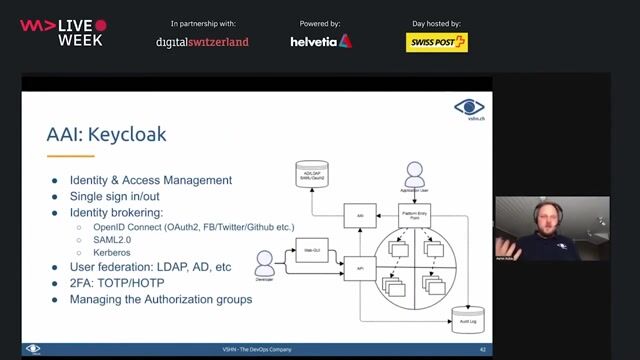
22:09 MIN
Centralizing security services in a Kubernetes ecosystem
DevSecOps: Security in DevOps
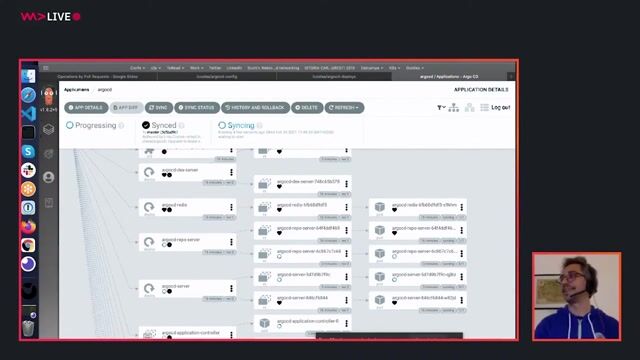
45:12 MIN
Q&A on monitoring, security, and monorepos
Get ready for operations by pull requests

41:16 MIN
Answering audience questions on authorization best practices
Un-complicate authorization maintenance
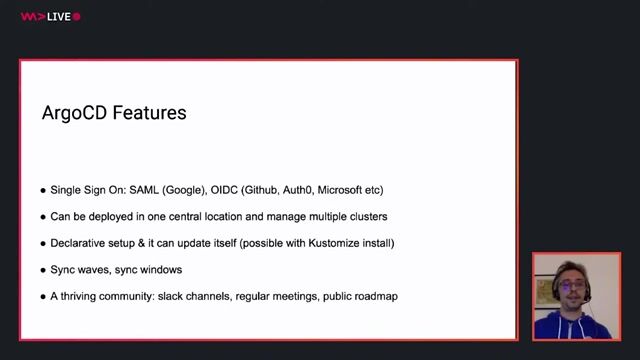
26:19 MIN
Key features including SSO and multi-cluster management
Get ready for operations by pull requests
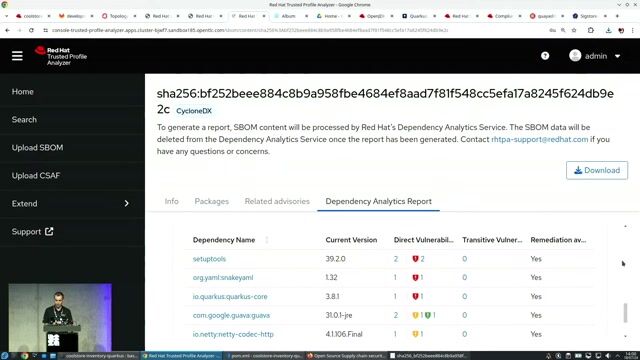
29:55 MIN
Demo: Verifying deployment and monitoring runtime security
Open Source Secure Software Supply Chain in action
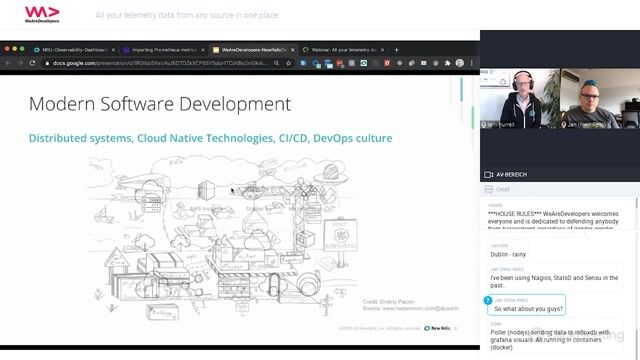
12:34 MIN
Moving from basic monitoring to full system observability
All your telemetry data from any source in one place
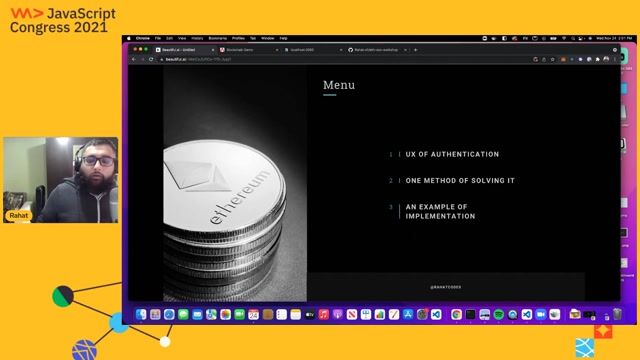
00:29 MIN
Exploring the user experience flaws in web authentication
SSO with Ethereum and Next JS
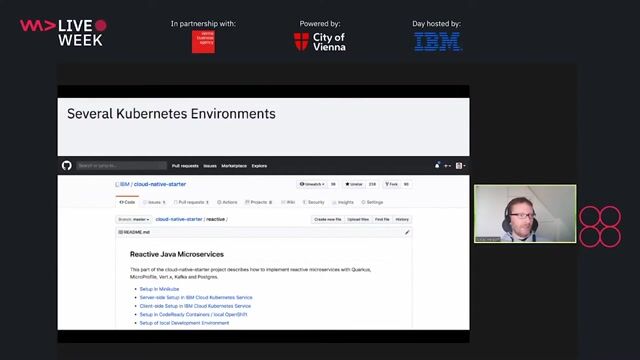
33:43 MIN
Deploying reactive apps and key takeaways
Development of reactive applications with Quarkus
Featured Partners
Related Videos
 23:42
23:42Delegating the chores of authenticating users to Keycloak
Alexander Schwartz
 1:48:32
1:48:32Get started with securing your cloud-native Java microservices applications
Thomas Südbröcker
 27:55
27:55Going Beyond Passwords: The Future of User Authentication
Gift Egwuenu
 49:52
49:52Accelerating Authentication Architecture: Taking Passwordless to the Next Level
Yedidya Schwartz
 29:31
29:31Break the Chain: Decentralized solutions for today’s Web2.0 privacy problems
Adam Larter
 1:00:00
1:00:00Un-complicate authorization maintenance
Alex Olivier
 28:21
28:21Developer Joy with Quarkus
Daniel Oh
 53:57
53:57Hands on with OpenTelemetry
Nočnica Mellifera
From learning to earning
Jobs that call for the skills explored in this talk.

DevOps Engineer – Kubernetes & Cloud (m/w/d)
epostbox epb GmbH
Berlin, Germany
Intermediate
Senior
DevOps
Kubernetes
Cloud (AWS/Google/Azure)

Senior (Lead) Softwareentwickler IAM/Keycloak (all genders)
init AG
Senior
Java
Spring
Continuous Integration

Senior (Lead) Softwareentwickler IAM/Keycloak (all genders)
init AG
Senior
Java
Spring
Continuous Integration

Senior (Lead) Softwareentwickler IAM/Keycloak (all genders)
init AG
Senior
Java
Spring
Continuous Integration

Senior (Lead) Softwareentwickler IAM/Keycloak (all genders)
init AG
Senior
Java
Spring
Continuous Integration

Senior (Lead) Softwareentwickler IAM/Keycloak (all genders)
init AG
Senior
Java
Spring
Continuous Integration

Senior (Lead) Softwareentwickler IAM/Keycloak (all genders)
init AG
Senior
Java
Spring
Continuous Integration

